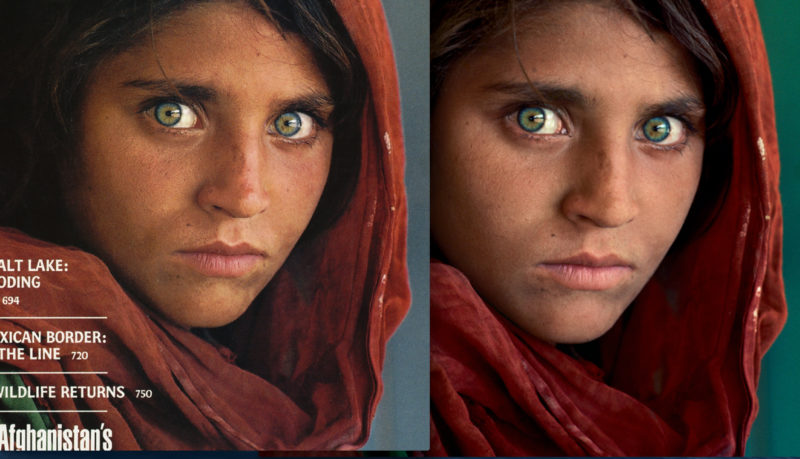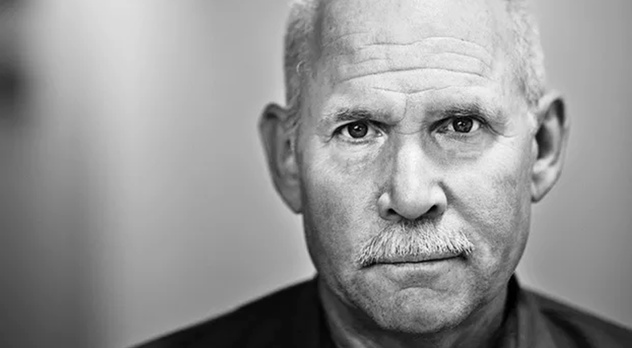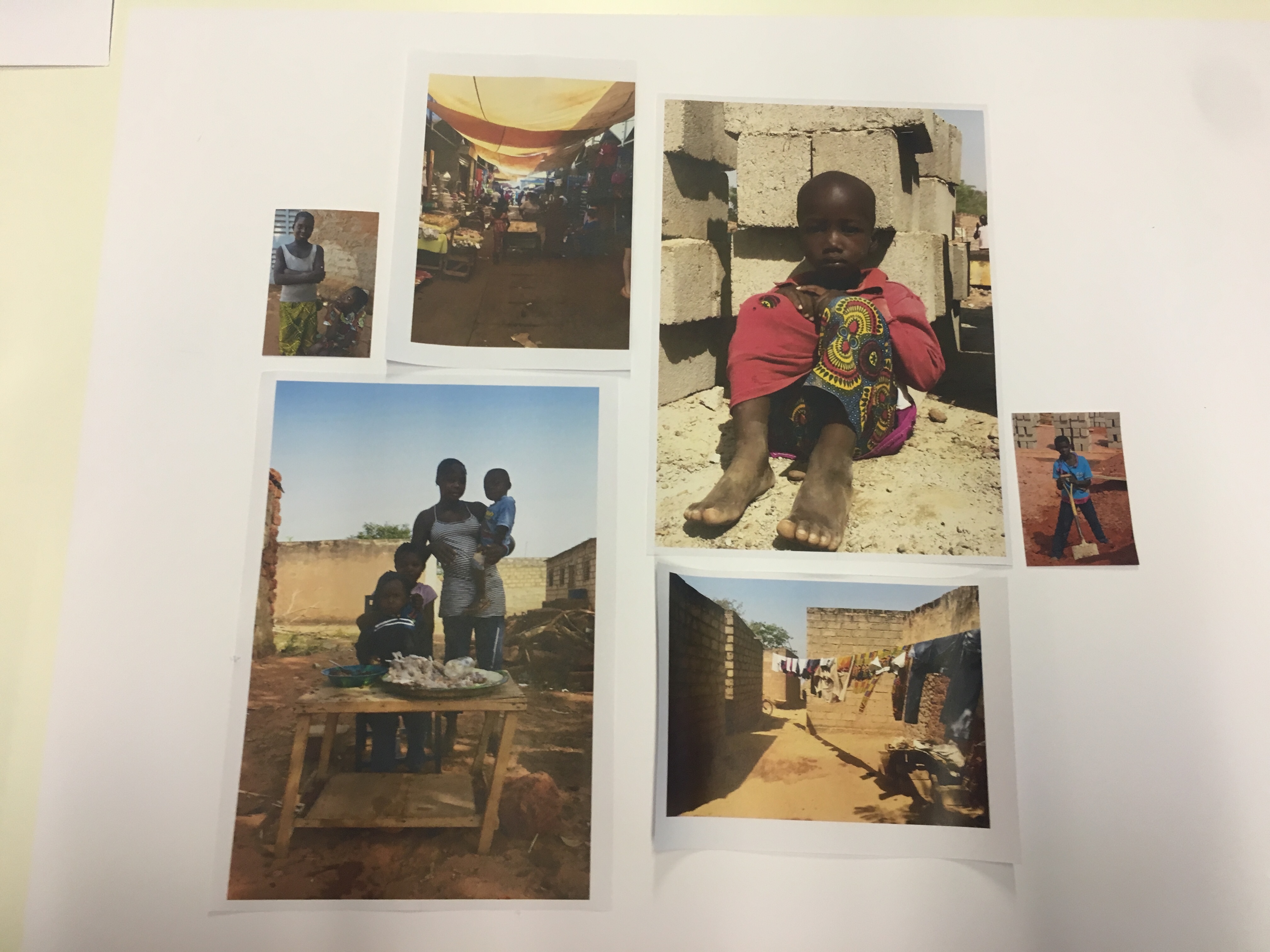Here is my artist statement which will go alongside my series of work at the exhibition. I have attempted to be as descriptive as possible in order for my audience to get not only a cohesive visual narrative to follow but also a text driven perspective of the project which should complement the imagery well enough to tell a strong story. I have done this by explaining my thought processes as well as my inspiration I took for the series.
3 Diptychs Representing a Childhood Memory
The brain is a magical organ of our body; it has the ability to hold limitless information, thoughts, ideas and memories from times forgotten. Taking inspiration from Rita Puig-Serra Costa, these 3 diptychs come from a series encapsulating the notion of childhood nostalgia. For most of us, our memories from childhood are a certain haze which, as we grow older, becomes more and more of a distant recollection of a time which is hard to understand the details of.
In this catalogue of works, I have explored the relationship we have with memories from our past – whether happy or upsetting, they exist and are sometimes consigned to an archive in our brain to be forgotten. Memories generate an emotion which may be difficult to describe but easier to visually portray. Using my Nan, Mum and Girlfriend, I have created a collection of juxtapositions between portraits and still-life object-imagery which represent their own childhood reminiscence.
A photograph is often a fragmentation of the truth and represents a one dimensional perspective but I have attempted to create a decryption of what is often hidden in this series. Each diptych is accompanied by a handwritten note from each subject explaining the context of their choice of memory.
Evaluation:
For the exhibition which is beginning on Monday 27th November, I will not be presenting images produced for my study into my own relationships with people around me and instead, 3 diptychs which I created for a series looking at childhood memories. I decided not to use the photographs I have made thus far for my ‘relationships’ project as I wanted to show my project used to get to the stage I am now with my coursework – being the series focusing on childhood nostalgia. As well, I wasn’t happy, after experimenting with presentations using images from my current coursework, with the images I already have because altogether when clustered as a whole, did not work poetically in the way I wanted them to and instead, found the my other photographs worked better together as it was a completed and cohesive narrative about childhood recollections. I am very happy with my selection of three diptychs and will explain why…
When I set out to produce work inspired by the tableaux vivant scene which was very prominent in theatre and art in the 1800s and 1900s, but for photographic tableaux’s, not until the late 1900s, I wanted to encapsulate the idea of tableaux but put a modern twist on it and make much more conceptual in relation to photograph techniques and styles. My intention was to present an alternative approach to tableaux work by ‘rec-crating’ a childhood memory in relation to each of my family members. To ‘recreate’ a moment which may be long forgotten from a time which is very distant, I wanted to show the memory in its physical form, and therefore asked my subjects to retrieve an object which reminded them of their childhood. I also wanted to show this relation to the owner of the object and focus on a portrait to illustrate a character which can be put with the memory. I set out to recreate the memory in a variety of ways – one was for the subjects benefit and pleasure to reminisce about a time forgotten. When they retrieved their object and brought it to me to photograph, it was a moment for them to also tell me the meaning behind it and they also were able to do this through their own articulation onto paper. As well, the discovery of the past of my family was special for me to hear because I can relate to some of the stories.
I feel like I have curated an impressive portfolio of images and I am very happy with it because it different to what I have found myself doing in previous projects – it is much more simplistic in its style and nature and does not rely on heavy post production to create a captivating image and instead, it’s much more conceptual and poetic form benefits its outcome and influence on the viewer. I feel like I have created a visual shrine for the subjects to interact with – my collaboration and inclusion of my subjects on an intimate basis has made for an emotive story about nostalgia of past times – inspired by Rita Puig-Serra Costa and her project ‘Where Mimosa Bloom’ which also uses the idea of objects from personal archives paired with portraits to tell a narrative.




































